Coming hot on the heels of 5 Lessons from Photographing Gymnastics – here are 5 more lessons from photographing gymnastics. I learned these while shooting the Australian Gymnastics Championships in Melbourne, and hope you can use these in your own sports photography. So, what’s first in 5 more lessons from photographing gymnastics?

Look to photograph specific skills on each apparatus
Lesson 6 – Look to Photograph ‘Skill Execution’
Gymnasts learn different skills at different levels of gymnastics. As an athlete progresses up the levels they can execute more difficult activities. Among the high speed action of gymnastics championships are specific skills. Look to shoot these skills as they are meaningful to gymnasts, coaches, and gymnastics fans.
Lesson 7 – Photograph the Details Outside of the Competitive Performance
In a gymnastics competition there are lot of opportunities to shoot elements of the event outside of the actual competitive performance.
This is where a photographer can shoot very unique content. All photographers will shoot the spectacular tumbling runs in the floor routine, but it is the unique details around the competition which will make your coverage of the event stand out.

Gymnast preparing for her bar routine with chalk on her hands
There are opportunities to shoot content where:
- the athlete is preparing to compete
- you capture the emotion after a gymnast has completed the routine
- there is interaction between gymnast and coach
- there is interaction between gymnasts
Look out for these opportunities to shoot unique content. It is this detail that spectators can’t see from their seat in the grandstand.
Lesson 8 – Shoot Bursts at Fast Shutter Speeds to Freeze the Moment
Below is a unique image where I’ve managed to create the illusion of a headless gymnast! This was taken during the floor routine during one of the gymnasts tumbling runs. If you look carefully you’ll see that the gymnasts head is not visible except for a tiny part of her chin. This kind of image is unique as you can’t see this with the naked eye.

This image captures an illusion of a headless gymnast
Your best chance to achieve this type of shot is with high ISO, fast shutter speeds, and shooting in burst mode. When I looked at this image on the back of my camera during the event and was amazed to see the illusion of the headless gymnast. I thought that was very unique – but then managed to produce the same type of image with different gymnasts. And the more I studied their floor routines, the higher my chance of recreating this shot.
Pay attention to what the athletes are doing, and then shoot in burst mode at fast shutter speeds.
Lesson 9 – Use Different Backgrounds to Create Different Effects
The spectators sat on the sides of the main gymnastics floor which meant it was straightforward to shoot images with the crowd in the background. I like that style of image as the presence of the crowd helps define this event as the national championships not a local club event.

The black curtains at the end of the gymnastics floor enabled me to shoot a different style of image
At the ends of the gymnastics floor were large black curtains to separate the warm up area from the main arena. I hadn’t expected to be able to isolate the gymnast against plain backgrounds like this. It was fun creating different styles of images against different backgrounds.
Lesson 9 of my 5 more lessons from photographing gymnastics is to use different backgrounds to create different images. Is this something you can use in your sports photography?
Lesson 10 – Use Different Angles to Isolate Action
This image was shot during the warm up phase with athletes and coaches behind the apparatus waiting for their turn. I shot a range of images where the other people were visible in the image – it documented the event as it happened.

Getting a low angle enables me to isolate the gymnast against the background during warm up
I then experimented with different angles and lenses to create different styles of images. I like this low angle perspective. We have no distracting people in the background. What are we left with? An athlete doing her warm up, isolated against a plain black background. What the spectators saw from the stands was a lot of activity on the floor. What I saw in this image was like the athletes perspective – oblivious to all the activity around them and focused on their own performance.
Experiment with angles to create different images.
Thanks for reading 5 more lessons from photographing gymnastics. I hope you can apply them to your own sports photography. If you’d like to learn more about gymnastics check out the Gymnastics Australia website.
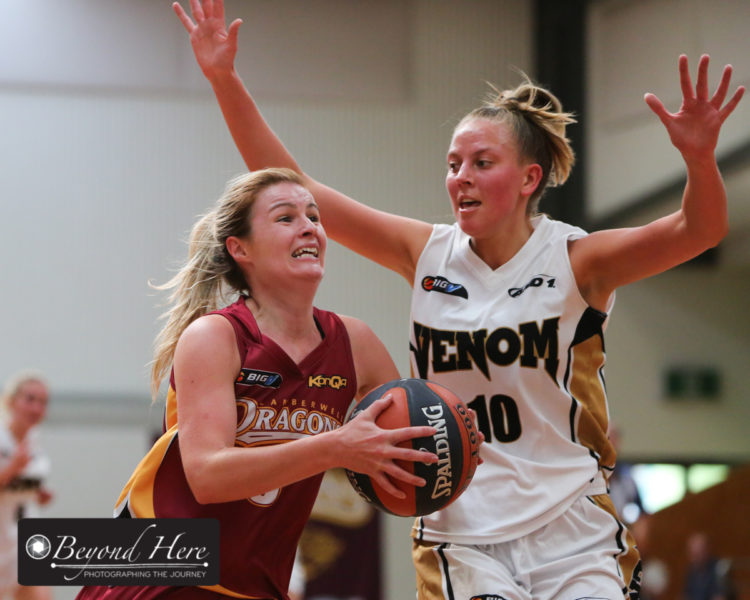
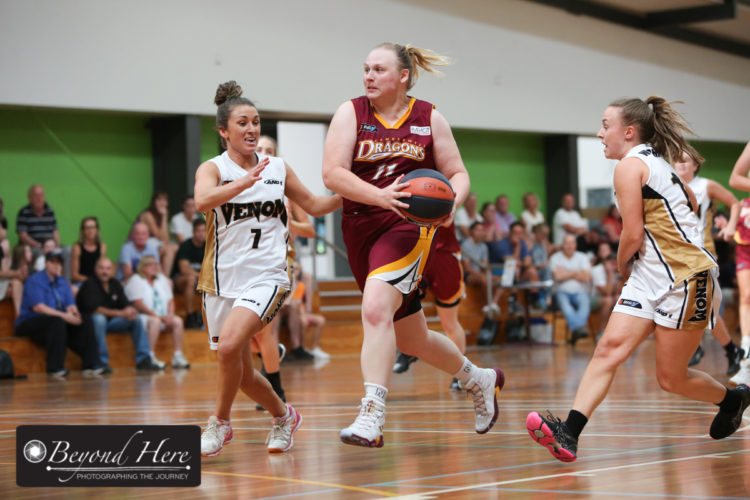
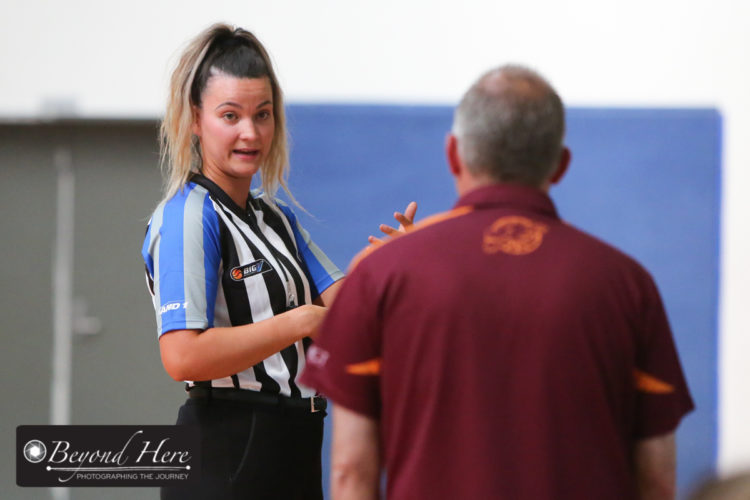
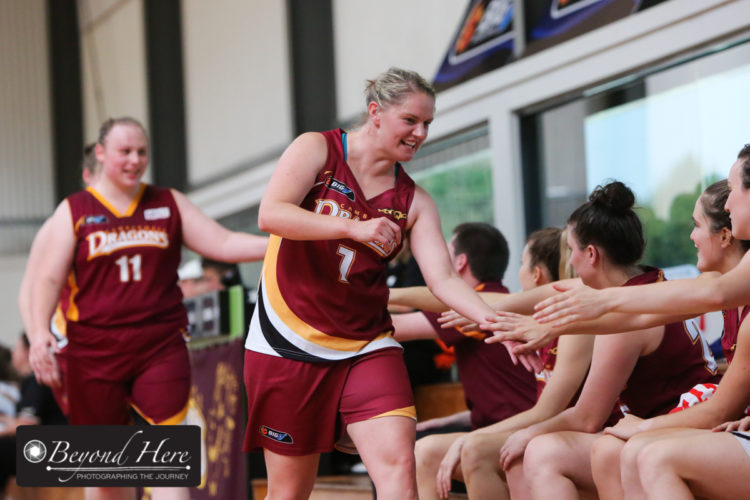
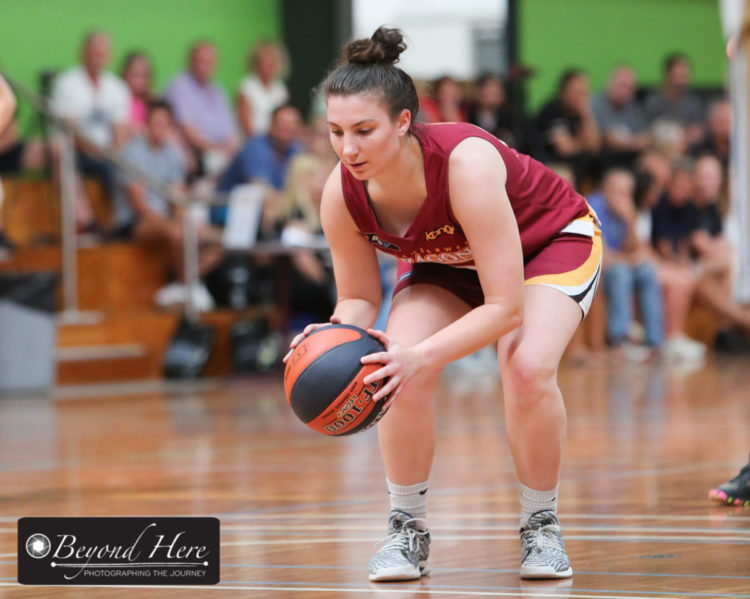

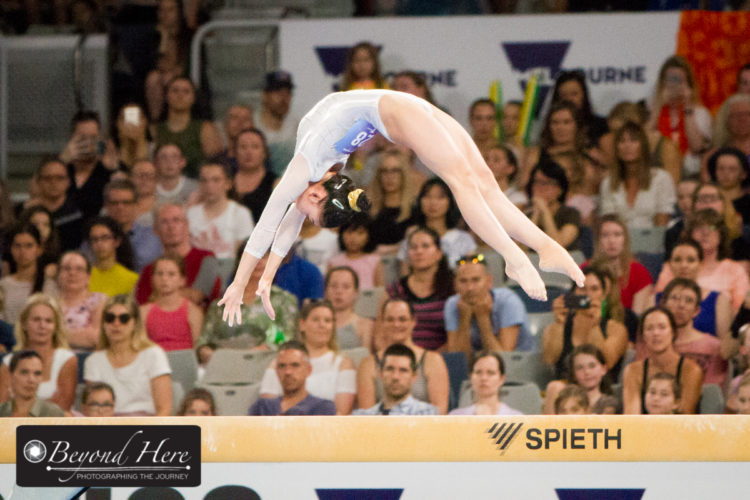
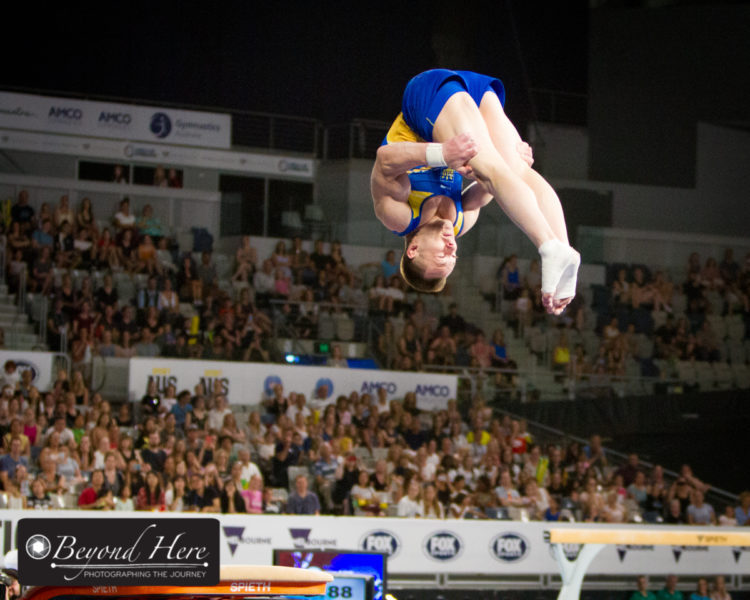
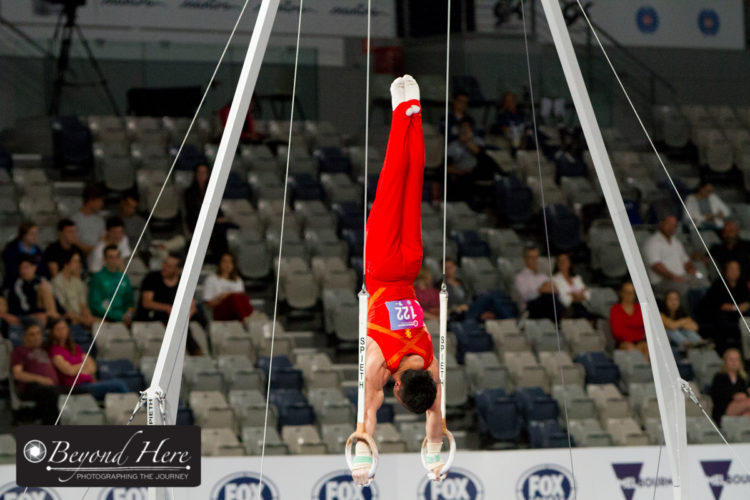
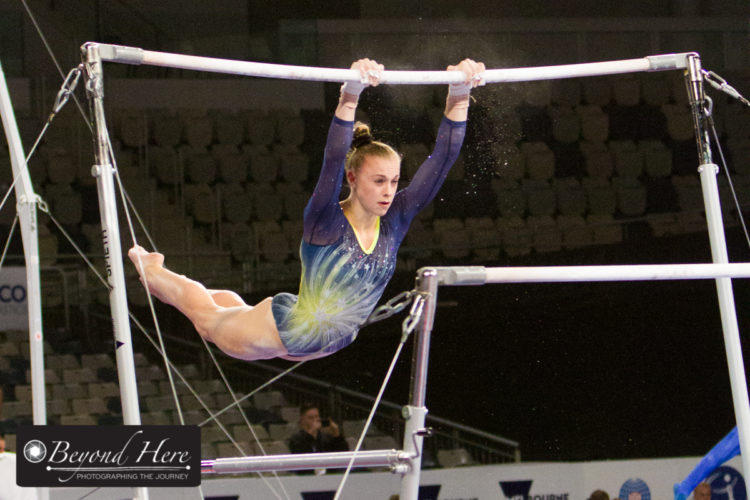
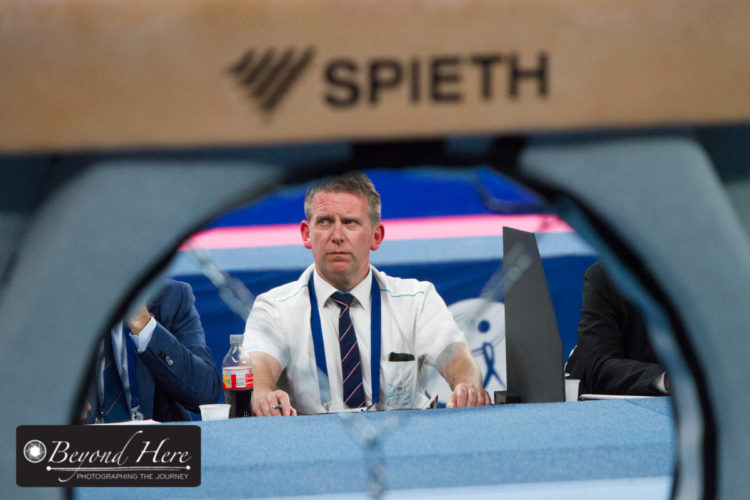

 The wrap up
The wrap up






















